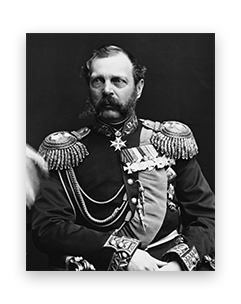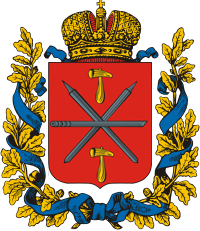0
%
Now loading:



 The rifle model of 1870 from the museum collection witnesses a momentous event in the history of the Tula Arms Factory.
The rifle model of 1870 from the museum collection witnesses a momentous event in the history of the Tula Arms Factory.
 On September 1, 1875, the Emperor Alexander II visited the factory after reconstruction and recognized its excellent condition. Whereupon the tsar ordered to assign the name “Imperial” to the factory.
On September 1, 1875, the Emperor Alexander II visited the factory after reconstruction and recognized its excellent condition. Whereupon the tsar ordered to assign the name “Imperial” to the factory. Fore-end of the rifle accommodates the carved coat of arms of Tula inside a crown of laurel and oak leaves.
Fore-end of the rifle accommodates the carved coat of arms of Tula inside a crown of laurel and oak leaves.
| Caliber | 10.67 mm |
| Total length without bayonet | 130.0 cm |
| Barrel length | 83.0 cm |
| Weight | 4.2 kg |
| Firing rate | 6–8 shots/min |
| Muzzle velocity | 437 m/s |
| Effective range | up to 1100 m |